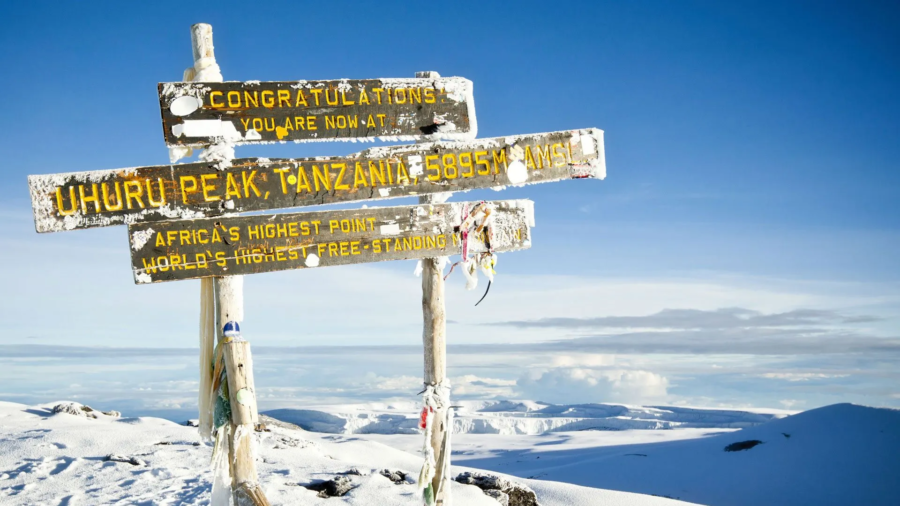Best 1 Week Tanzania Safaris 2023-2024
Embark on the best 1-week Tanzania safaris in 2023-2024 to witness the awe-inspiring wildlife, breathtaking landscapes, and cultural richness of the Serengeti. Discover the ultimate guide to planning your dream safari.
Welcome to the adventure of a lifetime! If you’re an avid nature lover, wildlife enthusiast, or an adventurer seeking a memorable experience, a Tanzania safari is an absolute must for your travel bucket list. Tanzania, located in East Africa, boasts some of the world’s most renowned national parks and game reserves, offering an unparalleled safari experience.
In this comprehensive guide, we will delve into the Best 1 Week Tanzania Safaris in 2023-2024, providing you with a wealth of information to plan the perfect safari getaway. From the iconic Serengeti National Park to the lesser-known gems, you’ll uncover the secrets of Tanzania’s abundant biodiversity and cultural treasures.
Best 1 Week Tanzania Safaris 2023-2024
Your dream of an unforgettable safari journey begins here! This section will highlight the best safari experiences Tanzania has to offer in 2023-2024, allowing you to make informed decisions and curate an itinerary tailored to your preferences.
1. Serengeti National Park: Where Wildlife Roams Free
Serengeti National Park is the crown jewel of Tanzanian safaris, famous for its Great Migration. Witness millions of wildebeests and zebras traversing vast plains in search of fresh grazing grounds. The Serengeti is also home to the Big Five (lion, elephant, buffalo, leopard, and rhinoceros), providing fantastic opportunities for wildlife sightings.
2. Ngorongoro Crater: A Natural Wonderland
Ngorongoro Crater, a UNESCO World Heritage Site, boasts one of the highest densities of wildlife in Africa. The collapsed volcanic caldera forms a natural enclosure for a diverse array of animals. Spot endangered black rhinos, lions, cheetahs, and a variety of bird species in this picturesque setting.
3. Tarangire National Park: Land of Giants
Tarangire National Park is renowned for its massive elephant herds and iconic baobab trees. Traverse the rugged landscapes to witness these gentle giants in their natural habitat and enjoy game drives that promise to leave you in awe of Tanzania’s incredible biodiversity.
4. Lake Manyara National Park: A Flamingo Haven
Lake Manyara National Park is a bird lover’s paradise, famous for its flocks of vibrant pink flamingos. Experience the diverse birdlife, tree-climbing lions, and lush greenery surrounding the shimmering lake.
5. Selous Game Reserve: A Wilderness Escape
Escape the crowds and delve into the remote wilderness of Selous Game Reserve. This off-the-beaten-path destination offers exclusive safari experiences, including boat safaris along the Rufiji River and walking safaris with expert guides.
6. Ruaha National Park: Untamed Wilderness
Ruaha National Park is Tanzania’s largest national park, yet it remains relatively undiscovered by tourists. Experience the raw and untouched beauty of the African bush as you encounter lions, leopards, and elephants in their unspoiled environment.
7. Katavi National Park: Seclusion and Solitude
For an authentic and secluded safari experience, head to Katavi National Park. With its low visitor numbers, this park offers a tranquil escape into the wilderness, where you can witness massive hippo pods and crocodile-infested rivers.
8. Mahale Mountains National Park: Chimpanzee Trekking
Embark on a unique adventure in Mahale Mountains National Park by trekking to observe chimpanzees in their natural habitat. This park is a primate lover’s paradise and also offers stunning views of Lake Tanganyika.
9. Serengeti Balloon Safari: A Bird’s-Eye View
Take your safari experience to new heights with a Serengeti Balloon Safari. Soar above the sweeping plains and catch the sunrise while observing wildlife from a different perspective.
10. Zanzibar Archipelago: Beach Retreat
Unwind and recharge after your safari adventure by visiting the Zanzibar Archipelago. This tropical paradise offers pristine beaches, azure waters, and a fascinating blend of African, Arab, and European cultures.
When is the best time to go on a Tanzania safari?
The best time for a Tanzania safari is during the dry season, from June to October, when wildlife gathers around water sources, providing excellent opportunities for sightings.
What is the Great Migration, and where can I witness it?
The Great Migration is a spectacular annual event where millions of wildebeests and zebras migrate in search of fresh grazing. Witness this awe-inspiring spectacle in the Serengeti National Park.
Are Tanzania safaris suitable for families with children?
Yes, Tanzania safaris cater to families and children of all ages. Many lodges and camps offer family-friendly accommodations and activities suitable for kids.
What should I pack for a Tanzania safari?
Essential items to pack include lightweight clothing, sturdy walking shoes, a wide-brimmed hat, sunscreen, insect repellent, binoculars, and a camera to capture the incredible moments.
Is it safe to go on a walking safari in Tanzania?
Walking safaris are generally safe when accompanied by experienced guides. They offer a unique opportunity to immerse yourself in nature and observe the smaller wonders of the African bush.
What is the local cuisine like in Tanzania?
Tanzanian cuisine reflects its cultural diversity. Enjoy dishes like Ugali (maize porridge), Nyama Choma (grilled meat), and Pilau (spiced rice) for a taste of authentic local flavors.
Conclusion
Embarking on the Best 1 Week Tanzania Safaris in 2023-2024 will undoubtedly be an adventure of a lifetime. From the iconic landscapes of the Serengeti to the remote wilderness of Katavi, Tanzania offers a diverse and unforgettable safari experience.
Whether you’re captivated by the Great Migration, eager to spot the Big Five, or seeking to connect with nature on a walking safari, Tanzania has something for every safari enthusiast. Prepare to be mesmerized by the abundance of wildlife, stunning landscapes, and warm hospitality that this East African gem has to offer.





